
Each year, TIME magazine releases an issue in December with someone on the cover they have named as their “Person of the Year”. In 2017, it was not one person, but a whole movement of “Silence Breakers” that deservedly took the title, as it has been impossible to ignore what a breakthrough year this was for women especially. Since the 2016 Presidential election results, the gloves came off for many people, most notably women, people of color and minorities who foresaw a looming administration of regression and oppression.
But what the Trump administration and those in his cohort who have been working to strip rights for many people (Muslims, transgender military members, women who use birth control, immigrants) didn’t anticipate, was the wave of activists and voices that would rise up in numbers far greater than even they would imagine. It began with the Women’s March the day after the Presidential inauguration, which saw millions of people around the United States and the world stand together in solidarity against the election of bigotry and fear, and put Trump on notice that “pussy grabs back”.

The anger was galvanized into action, which we are starting to see politically. Emily’s List reported a 1000% increase in the number of women indicating they wanted to run for office. In the last election cycle, 900 women contacted them about running, but this time it was 12,000 women who spoke up since November 8, 2016. We have seen the beginnings of this energy, in the recent November 7, 2017 election where a number of women, people of color, LGBTQ people and even immigrants win important seats across the country, most notably in Virginia.
But it wasn’t just politics that saw the matriarchy raise its voice like never before. Explosive allegations of workplace sexual harassment and sexual assault shook the tech, entertainment and news media industries, and came to a turning point with the multiple stories surrounding Hollywood producer Harvey Weinstein. When the revelations from women like Ashley Judd and Asia Argento surfaced, it became a watershed moment that saw the downfall of a number of other Hollywood names, as well as media icons such as Charlie Rose and Matt Lauer, not to mention Comedian Louis C.K.

These stories prompted the resurfacing of the social movement known as #MeToo, started by activist Tarana Burke back in 2006 after her own experience with sexual violence. Over subsequent years she has been speaking at schools, colleges, and community groups, letting them know they are not alone. She specifically has been speaking to black and brown girls, as their voices are often drowned out by others.
In an interview on MSNBC, actress Jane Fonda also mentioned how, while it is important so many well-known celebrities have been speaking out about their experiences, there are numerous women of color and non-celebrities who have been victimized and ignored for much longer.
“It feels like something has shifted. It’s too bad that it’s probably because so many of the women that were assaulted by Harvey Weinstein are famous and white and everybody knows them. This has been going on a long time to black women and other women of color and it doesn’t get out quite the same,” she said.

Something indeed did shift, and it is only the beginning. Following on from #MeToo, another hashtag vent viral online called #ChurchToo, started by Hannah Paasch and Emily Joy, both former conservative Evangelical church goers who are now outspoken about the damage purity culture does to young men and women in religious circles, and how the church structure has for too long become a system that hides sexual violence and protectors high-profile men in power. While the #ChurchToo movement wasn’t part of TIME’s “Silence Breakers” list, it is important to mention as it has become an integral piece of a larger movement of women reclaiming their voices and power.
Throughout the Person of The Year article, written by Stephanie Zacharek, Eliana Dockterman and Haley Sweetland Edwards, there are a number of women who don’t share the same type of spotlight as, say, Ashley Judd, Rose McGowan or Megyn Kelly, but whose stories are just as crucial in order to expose how ingrained the culture of sexism and gendered violence is toward women.

There are women who are housekeepers, women who work in the hospitality industry and the medical industry. There is an anonymous woman representing those who still do not feel comfortable coming forward about their experience. The TIME piece also includes voices of men such as actor Terry Crews, whose story about sexual assault in Hollywood shows how this can affect everybody, and more men need to be part of the solution and stand beside especially female victims.
As 2017 comes to a close, and we reflect on a tumultuous 12 months both politically and socially, the “Silence Breakers” issue is a reminder that the best is yet to come. As the saying goes, “it’s always darkest before the dawn”, and we are witnessing the birth of undoubtedly the greatest women’s movement of our generation. May it continue into 2018 and beyond, allowing those who have been silenced for too long to rise up, speak truth to power, and change the world for the better.
Read the full list of “Silence Breakers” on the TIME website, and watch the video below featuring Rose McGowan, Tarana Burke, Terry Crews and Megyn Kelly among others.











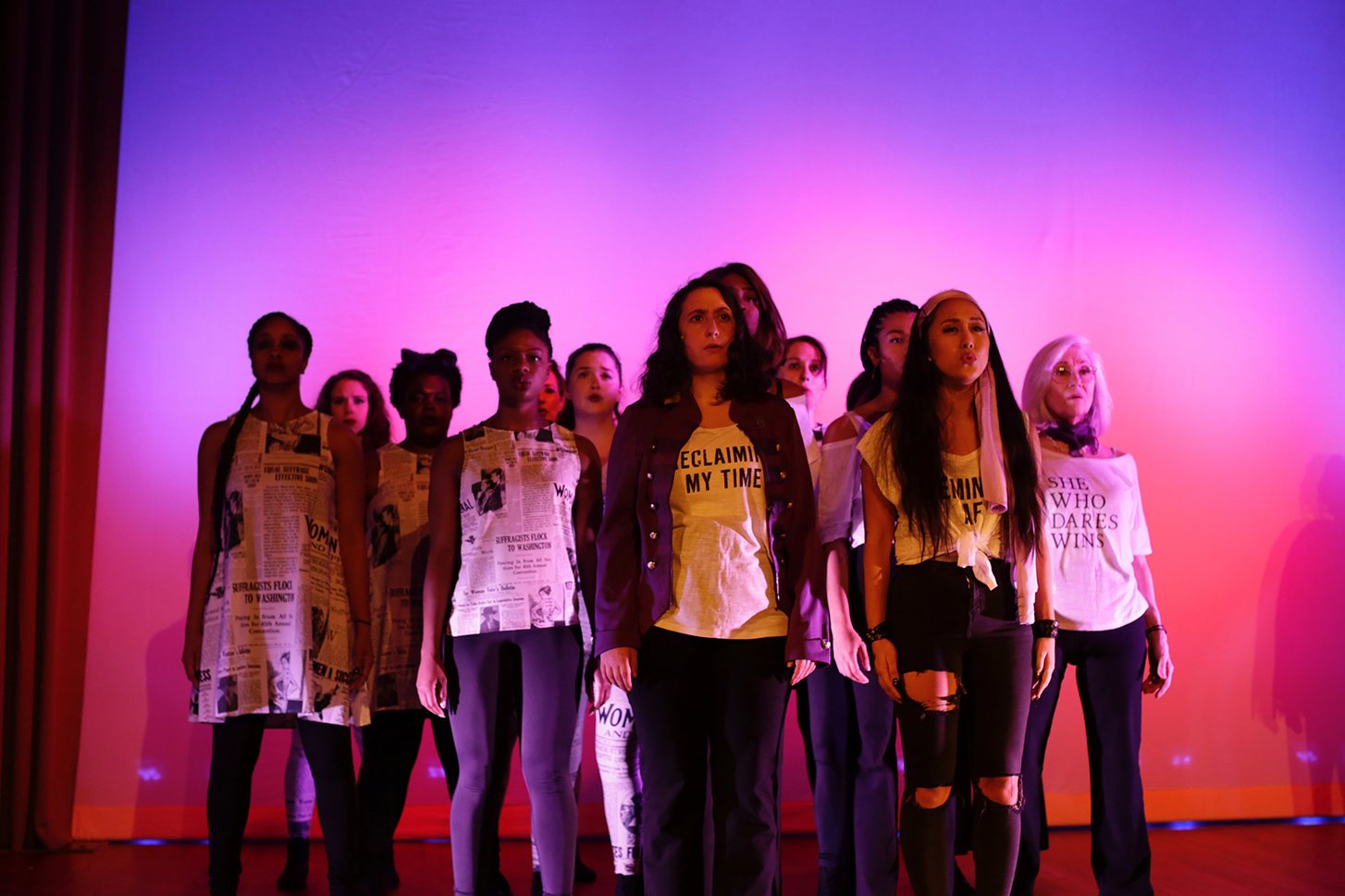
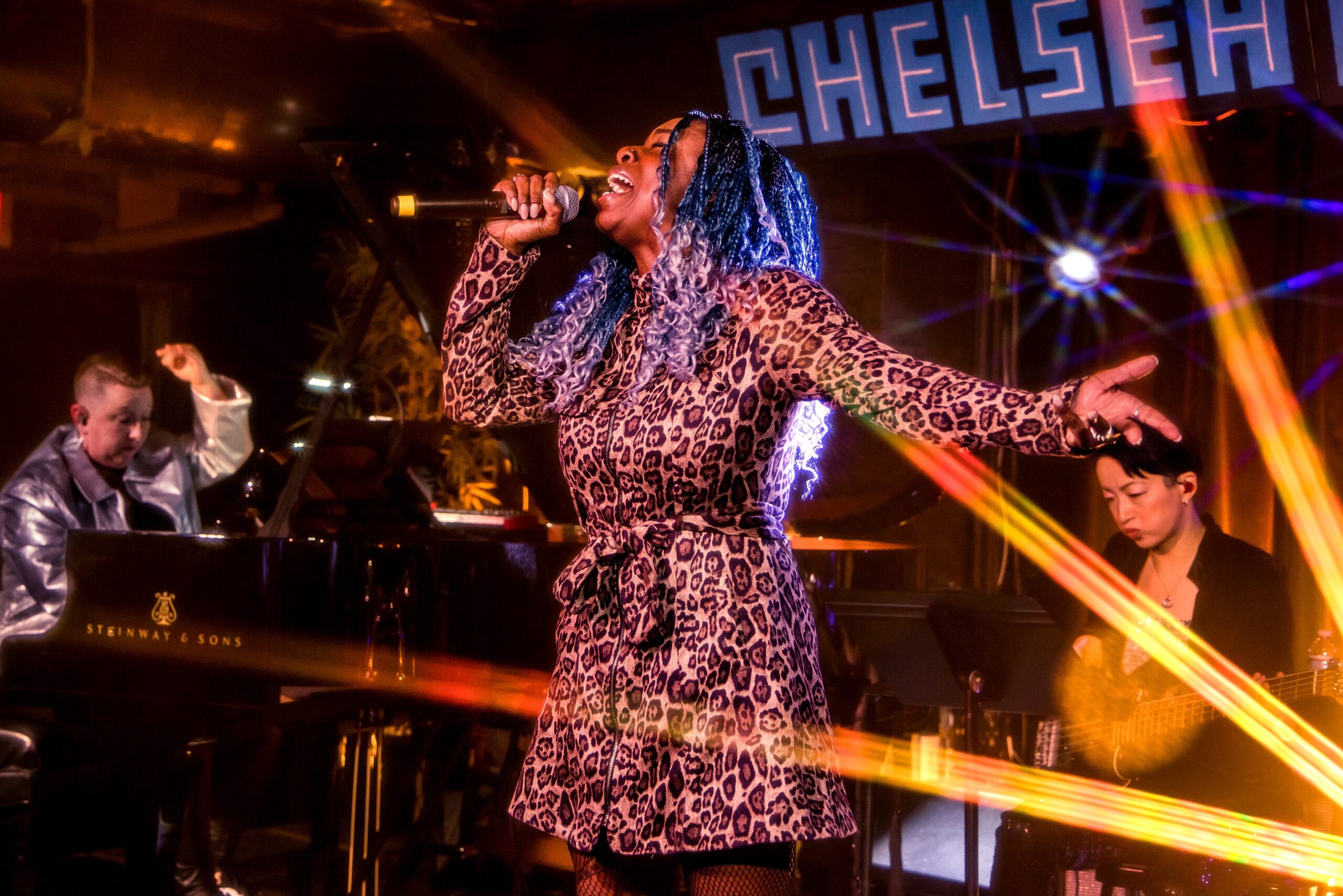
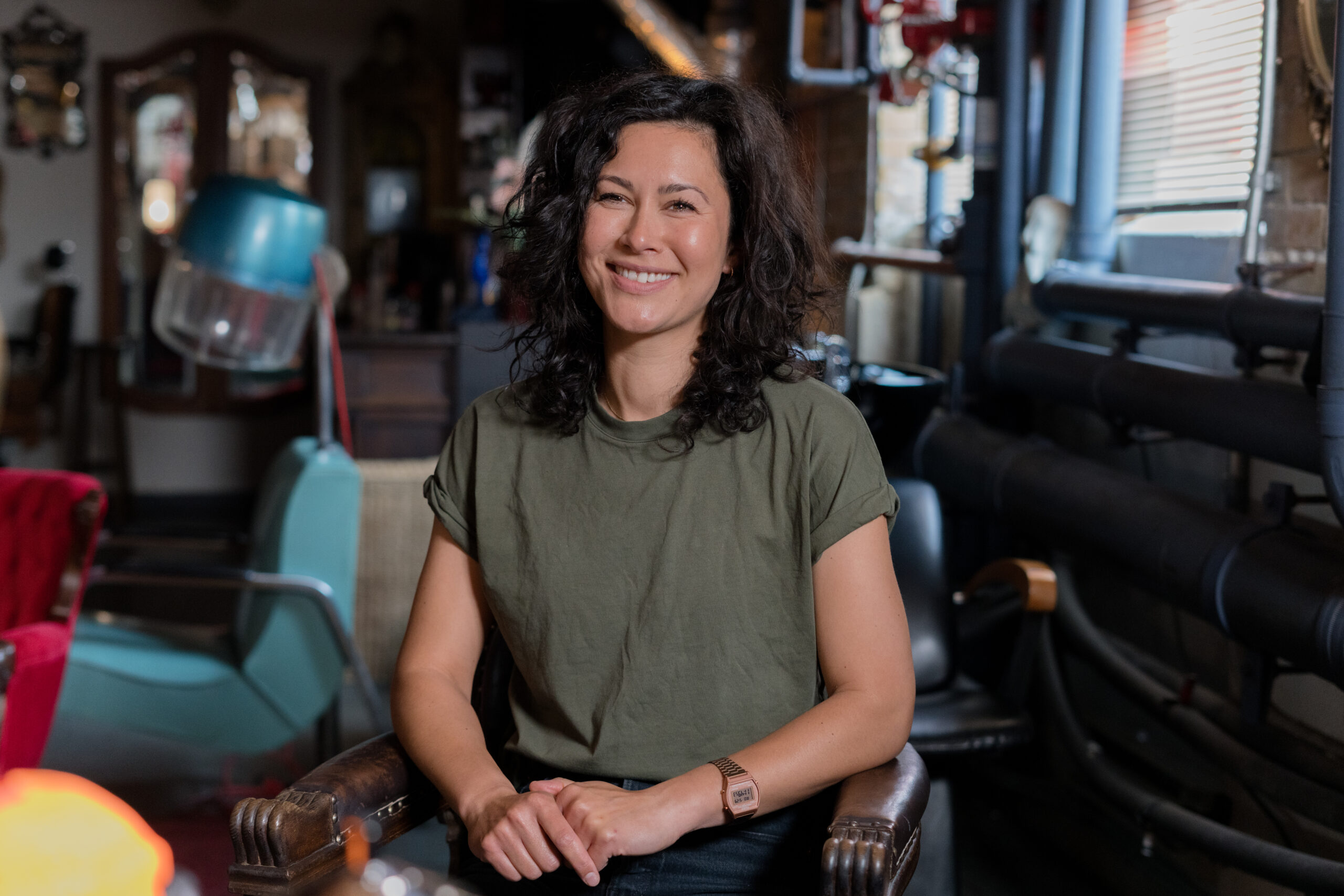
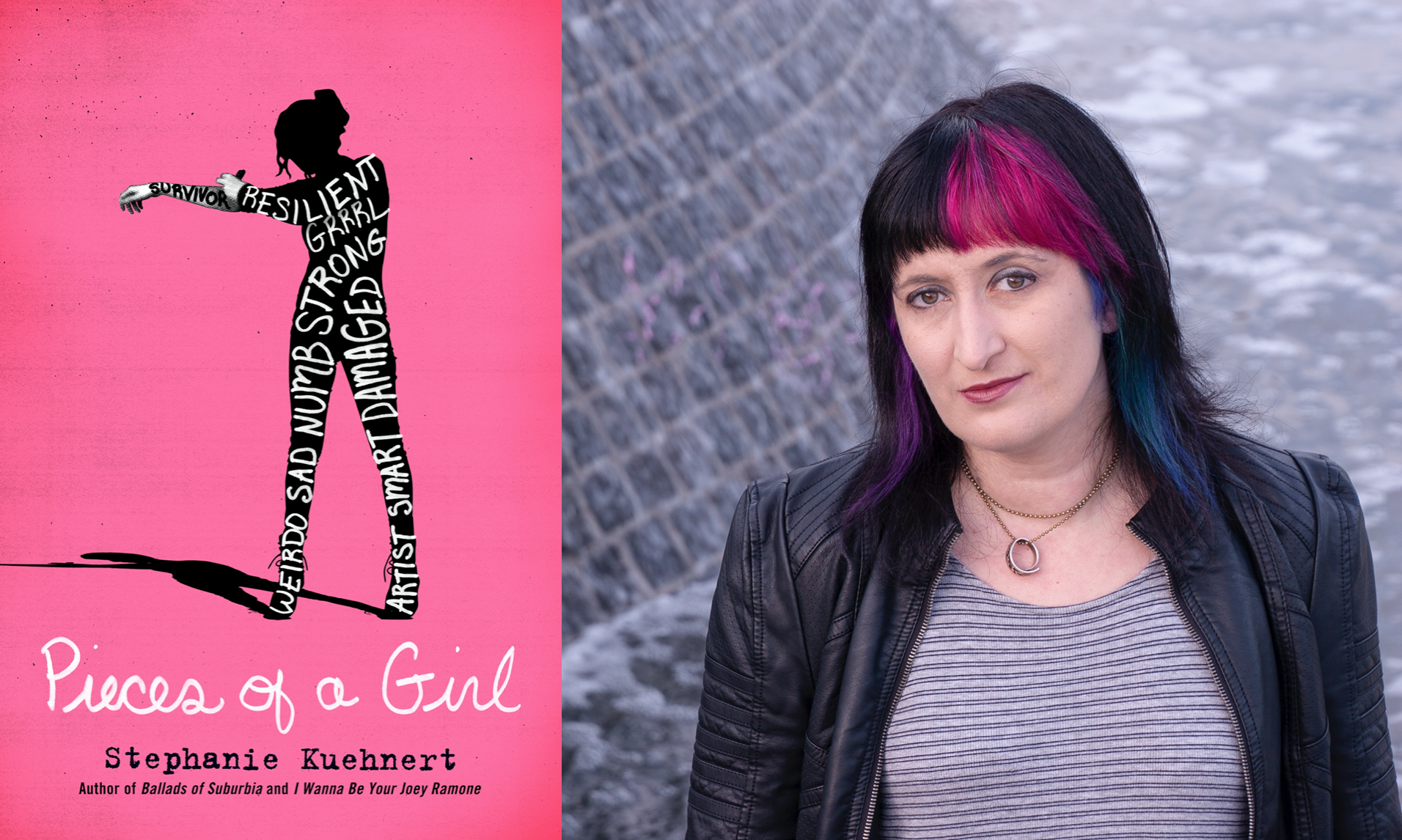
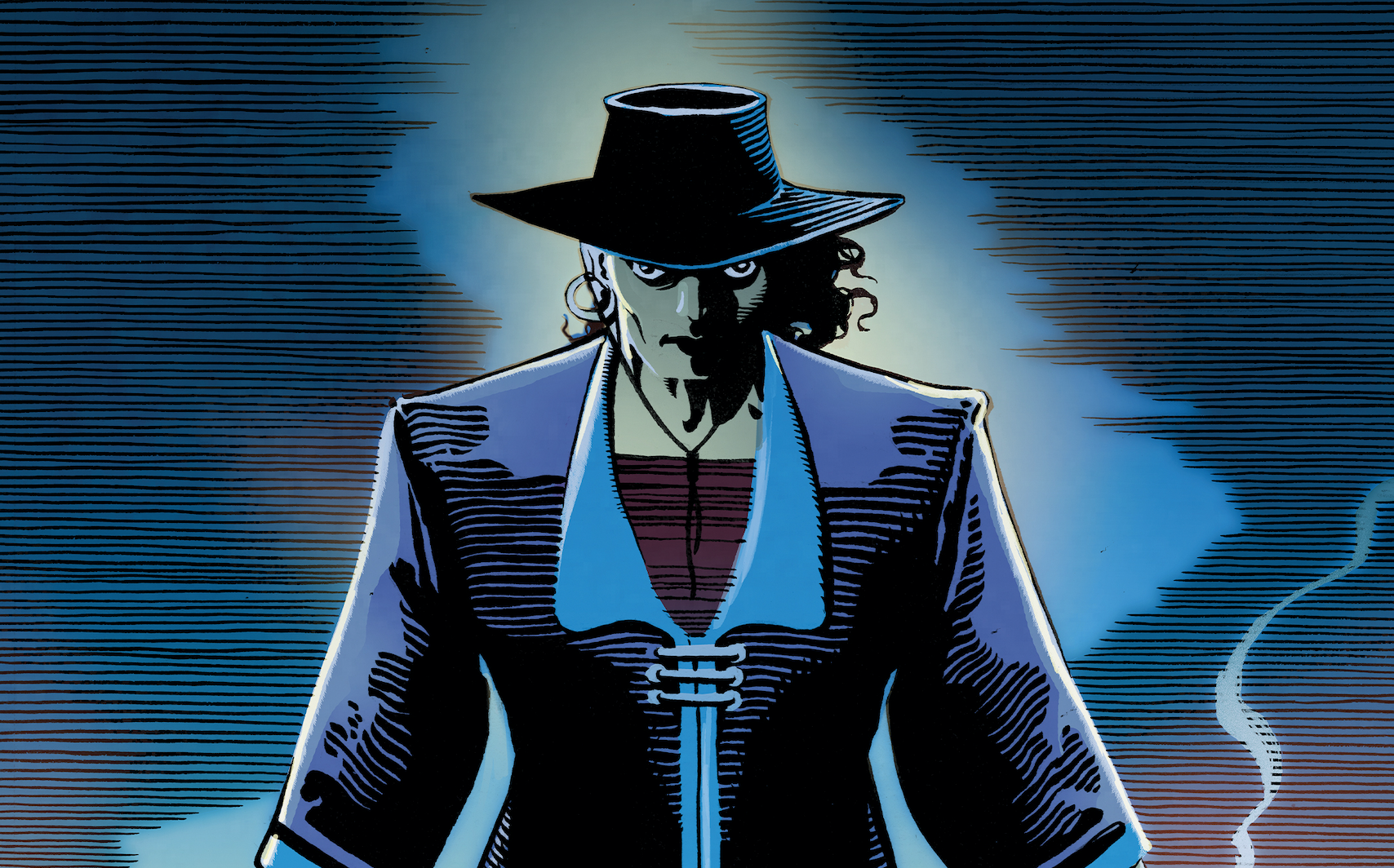
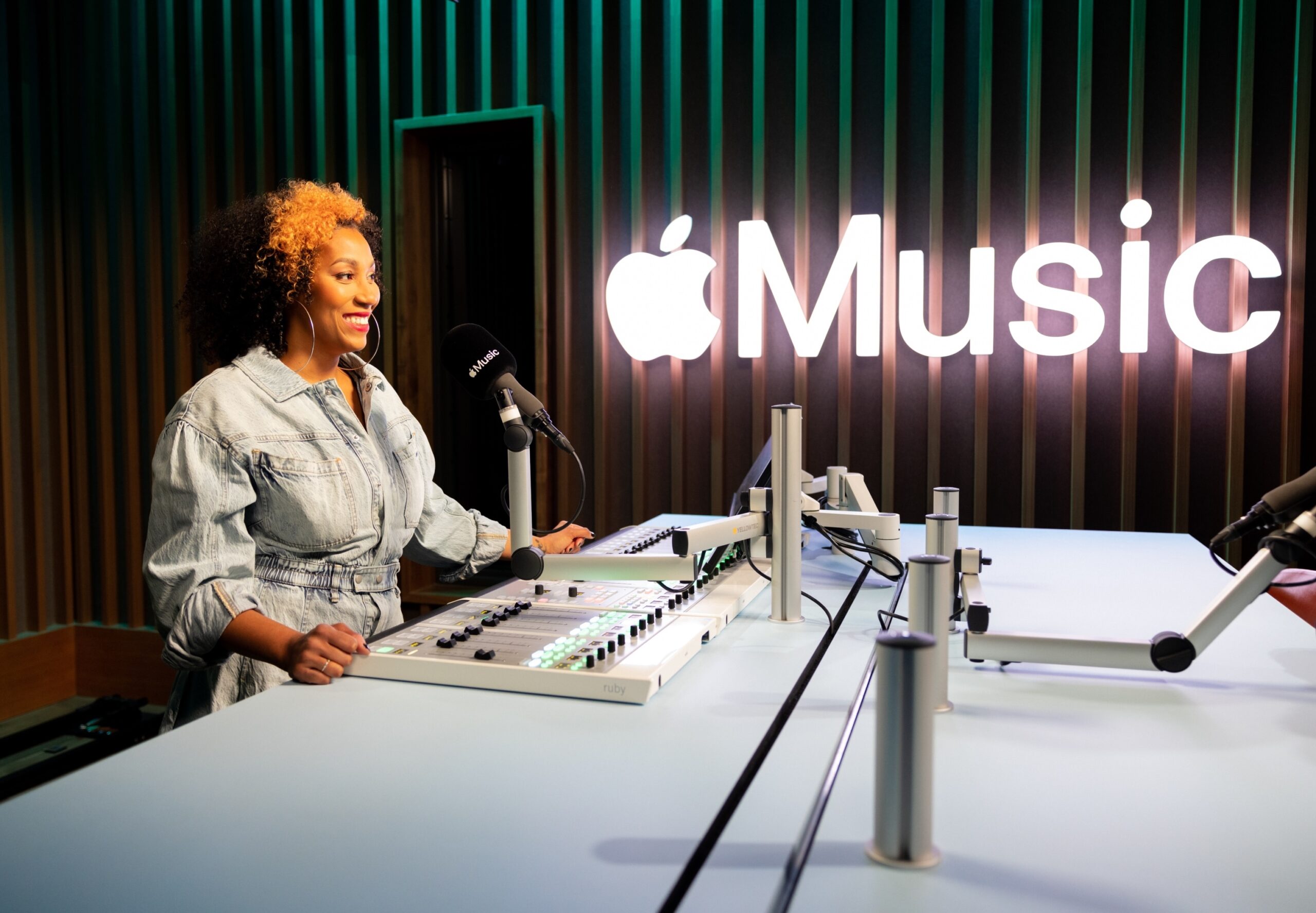
One thought on “TIME’s “Silence Breakers” Cover Story Sums Up An Important Year For Women & Activists”